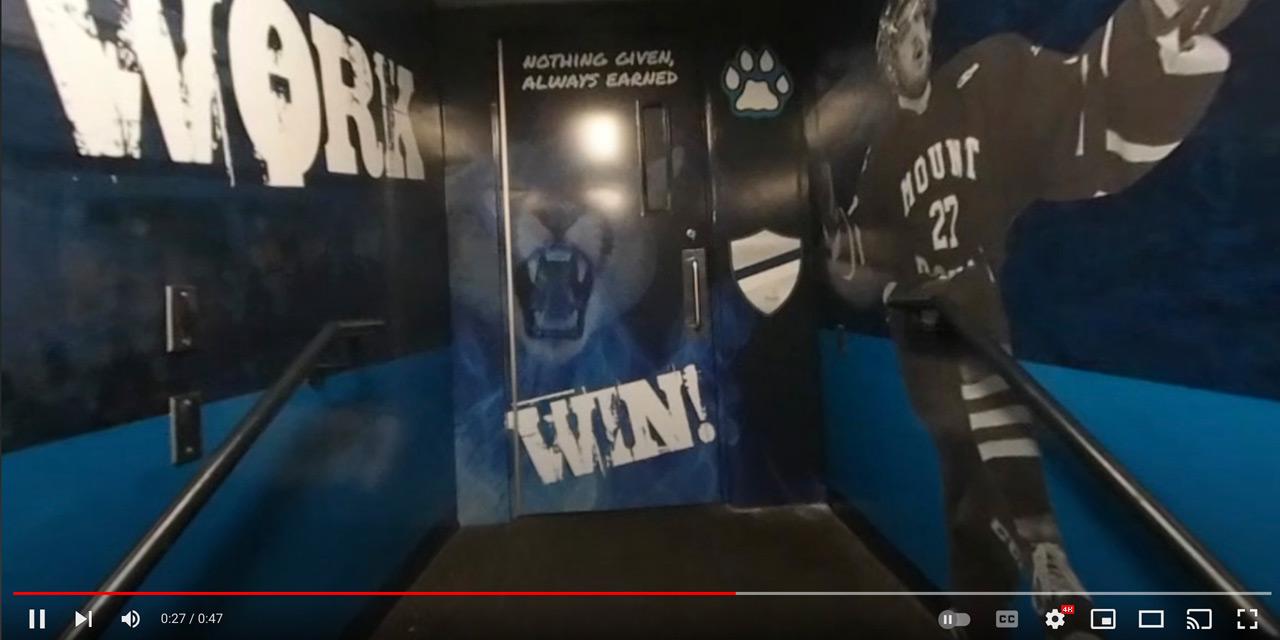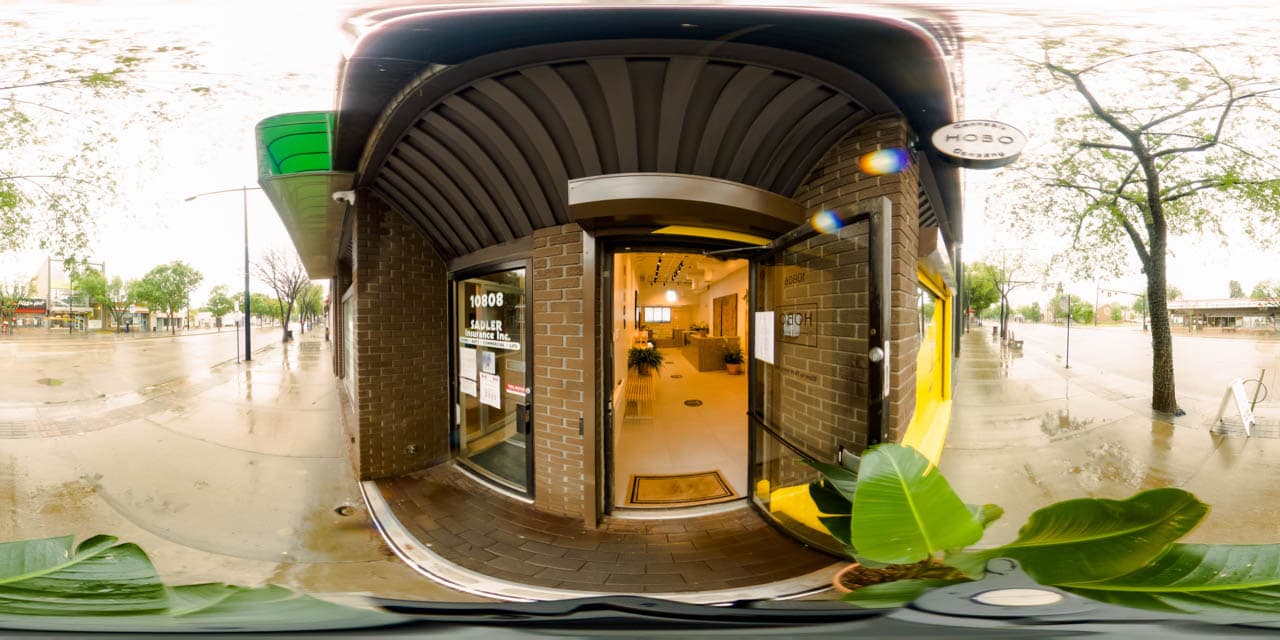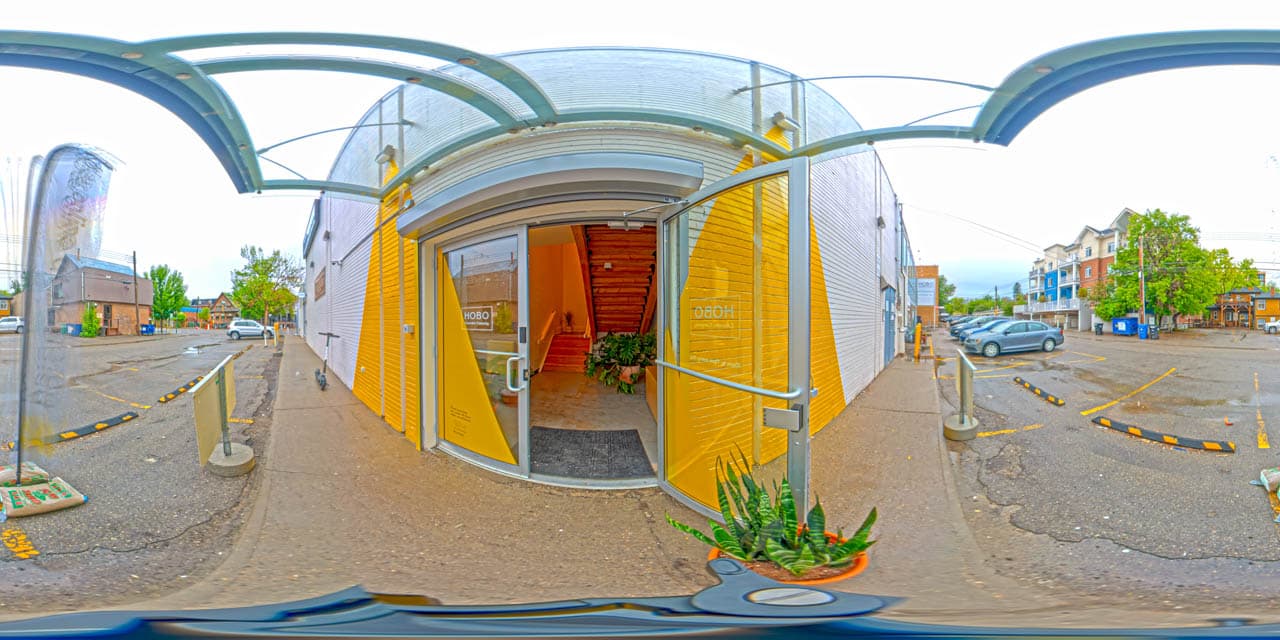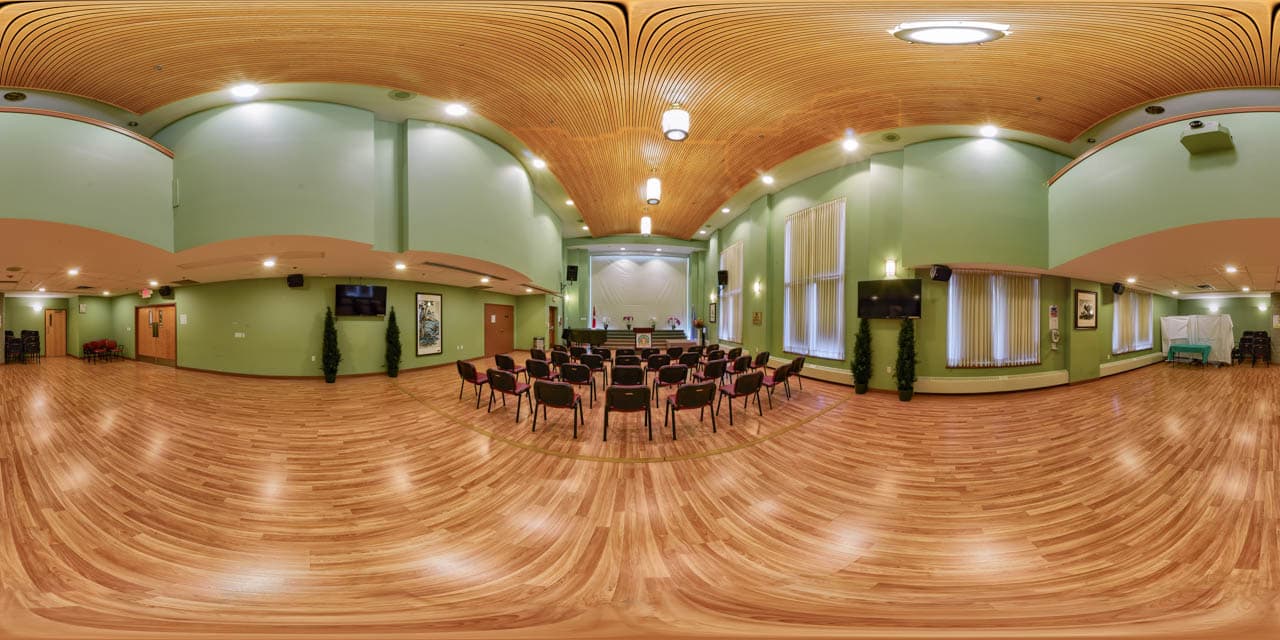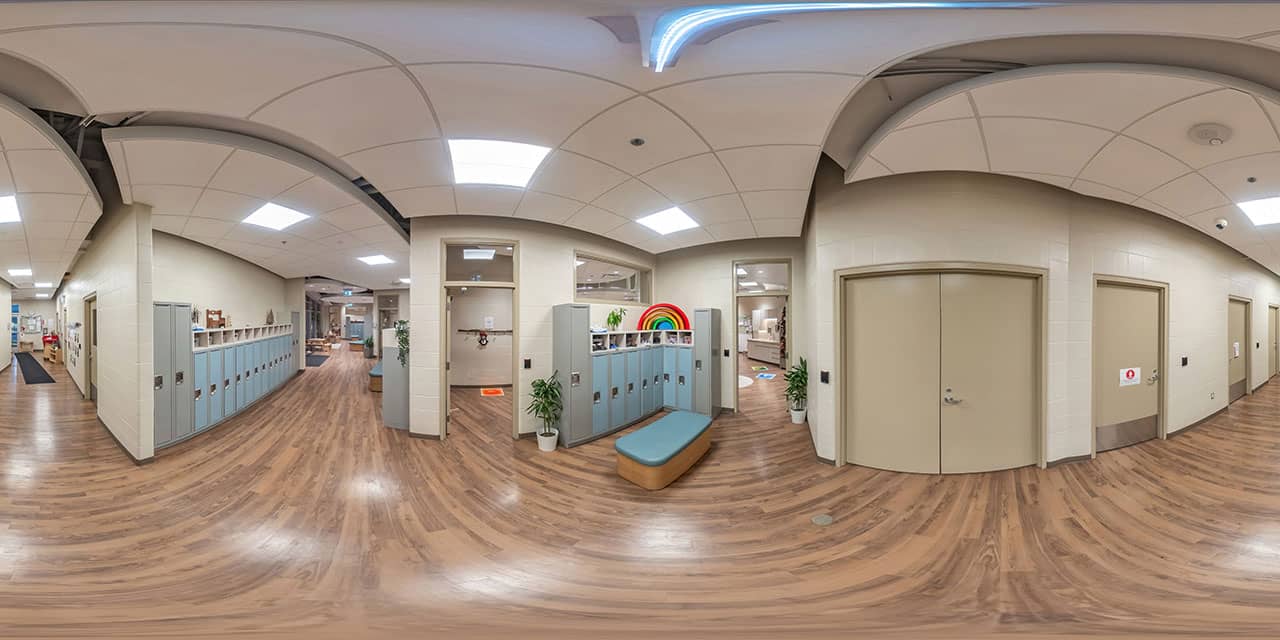This article will introduce the concept of virtual tours and highlight their importance for education in Canada, as they offer an immersive and interactive way for students to explore and learn about various subjects without leaving the comfort of their classrooms. By embracing this technology, educators can provide a more engaging and comprehensive learning experience, ultimately unveiling the future of education in Canada.
The Rise of Virtual Tours in Canada
The Canadian educational landscape is known for its diversity, inclusivity, and commitment to innovation. With a strong emphasis on technology integration in the curriculum, Canadian schools actively seek out new ways to enhance the learning experience for their students. As a result, the adoption of innovative educational tools, such as virtual tours, has become increasingly popular in recent years.
Increasing Demand for Virtual Tours in Canadian Schools
As the benefits of virtual tours become more widely recognized, Canadian schools are increasingly incorporating them into their educational programs. Teachers and administrators recognize the potential of virtual tours to engage students, expand learning opportunities, and save time and resources. This growing demand has led to the development of numerous virtual tour platforms and resources tailored specifically to the needs of Canadian educators and students.
Transforming Education with Virtual Tours
The target audience for this section consists of education businesses, such as private schools, tutoring centers, and educational content providers. These businesses are constantly seeking new ways to differentiate themselves in a competitive market, and virtual tours offer a unique and innovative solution for enhancing their offerings and attracting new students.
Advantages of Virtual Tours for Education
Virtual tours can provide several benefits for education businesses, including:
- Attracting and Retaining Students
By offering virtual tours as part of their educational programs, businesses can create a more engaging and immersive learning experience for their students. This can help to attract new students who are looking for innovative and interactive learning opportunities, as well as retain existing students by keeping them engaged and motivated.
- Diversifying Revenue Streams
Virtual tours can also serve as an additional revenue stream for education businesses. By creating and selling access to virtual tours, businesses can generate income while providing valuable educational resources. This can be particularly beneficial for businesses that rely on seasonal or location-based revenue, as virtual tours can be accessed year-round and from any location.
- Improving Marketing and Brand Visibility
Incorporating virtual tours into a business’s marketing strategy can help to improve brand visibility and showcase the unique offerings of the institution. By providing potential students and their families with an immersive and interactive glimpse into the educational experience, businesses can create a lasting impression and stand out from competitors.
By embracing virtual tours, education businesses in Canada can transform their offerings, attract and retain students, diversify revenue streams, and improve their marketing and brand visibility, ultimately contributing to the future of education in the country.
Implementing Virtual Tours in Education Businesses
To successfully integrate virtual tours into educational offerings, education businesses should consider the following steps:
- Choosing the Right Virtual Tour Platform
Select a virtual tour platform that best suits the needs of your business and target audience. Consider factors such as ease of use, compatibility with different devices, and the availability of customization and interactive features. Research various platforms and compare their features, pricing, and customer support to make an informed decision.
- Planning and Creating Engaging Virtual Tour Content
Develop a plan for creating virtual tour content that aligns with your educational objectives and curriculum. Consider collaborating with subject matter experts, educators, and multimedia professionals to create high-quality, engaging, and informative content. Ensure that the virtual tour content is accessible, age-appropriate, and relevant to your target audience.
- Integrating Virtual Tours Into Curriculum and Educational Programs
Incorporate virtual tours into your curriculum and educational programs in a way that complements and enhances existing learning materials. Consider how virtual tours can be used to reinforce key concepts, provide additional context, or offer alternative perspectives. Develop lesson plans and activities that incorporate virtual tours and encourage students to actively engage with the content.
Conclusion
In conclusion, virtual tours have emerged as a powerful tool for enhancing educational experiences, offering numerous benefits such as increased student engagement, improved learning outcomes, and global accessibility. As the education industry continues to evolve, embracing virtual tours like 360 Vid Virtual Tours can provide education businesses with a competitive edge and contribute to sustainable growth.
By staying at the forefront of emerging technologies and trends, education businesses can play a pivotal role in shaping the future of education, ensuring that students worldwide have access to innovative and immersive learning experiences, such as those offered by 360 Vid Virtual Tours, that prepare them for the challenges and opportunities of the 21st century.
Featured Virtual Tours
Locations
We travel Canada-wide. Don’t see your location listed? Contact us.
Provinces We Serve
Cities We Serve
Cities We Serve
Cities We Serve
Cities We Serve
Cities We Serve
Cities We Serve
Cities We Serve
Cities We Serve
Cities We Serve
Cities We Serve
Cities We Serve
What Our Clients Say
Connect With Us
Are you a Business Owner? Or just have a general question? Let us know. We’re happy to help!























